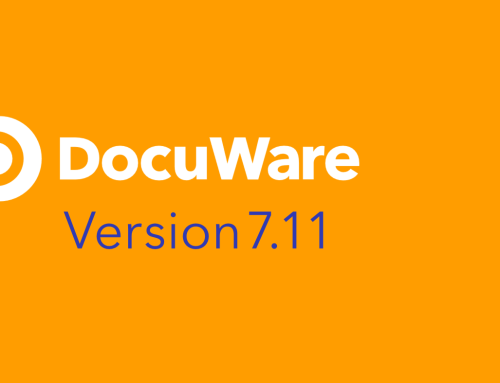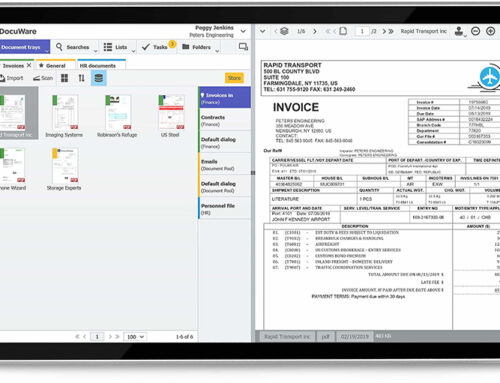In healthcare, every second counts. Whether it’s retrieving a patient’s medical history, processing insurance claims, or ensuring compliance with ever-changing regulations, the demands on healthcare providers are immense. Yet, many organizations are still relying on outdated paper-based systems to manage critical workflows.
Paper may seem harmless, but it’s holding the industry back. From lost productivity to increased costs and compliance risks, the inefficiencies of paper-based processes are more damaging than they might appear. It’s time for healthcare to embrace the digital age—not just for convenience, but for better patient care.
The Paper Problem in Healthcare
Healthcare providers are drowning in paper. Patient records, insurance forms, billing documents, compliance paperwork—it all adds up. Consider these startling facts:
- Healthcare workers spend nearly 50% of their time on administrative tasks.
- Misfiled documents and lost records cost providers thousands of dollars annually.
- Paper processes contribute to staff burnout, with nurses and administrators reporting frustration over time spent on documentation instead of patient care.
But the impact of paper inefficiency isn’t just financial. It’s emotional, too. Patients expect efficiency, privacy, and care. When paperwork gets in the way, it erodes trust and satisfaction.
The Hidden Costs of Paper-Based Systems
- Lost Time
Every minute spent searching for a patient’s file or re-entering information is a minute not spent on meaningful patient interactions. Over time, these delays compound, leading to longer wait times and reduced productivity. - Higher Expenses
Storing paper records isn’t cheap. The average healthcare practice spends $120 per month per file cabinet just on physical storage. That doesn’t include the costs of printing, mailing, or shredding. - Increased Risk
Paper records are easily lost, damaged, or accessed by unauthorized individuals. A single compliance violation related to HIPAA can cost providers upwards of $50,000.
The Benefits of Going Paperless
Healthcare providers who go paperless often describe it as a game-changer. Here’s why:
- Improved Patient Care
Digital records allow staff to access critical information instantly. No more delays due to misfiled charts or forgotten forms. This real-time access means faster decision-making and better outcomes. - Cost Savings
Transitioning to paperless systems significantly reduces storage, printing, and administrative costs. On average, providers save $8,000 to $12,000 annually after eliminating paper. - Compliance and Security
Digital systems include built-in safeguards to ensure compliance with regulations like HIPAA. Encrypted storage and secure access controls keep patient information safe and audit-ready. - Increased Staff Satisfaction
Administrative staff can focus on higher-value tasks, while clinicians spend more time with patients. This reduces burnout and improves morale across the organization.
Why the Future of Healthcare is Paperless
The digital revolution has transformed nearly every industry, and healthcare is no exception. Going paperless is no longer a “nice to have”—it’s a necessity. Patients demand faster service, and providers need to operate more efficiently in an increasingly competitive market.
Beyond the operational benefits, ditching paper empowers healthcare providers to deliver what truly matters: better patient care. Imagine a world where no time is wasted on misplaced forms, where staff leave on time, and where patients feel valued and cared for. That world is within reach—and it starts by saying goodbye to paper.
At Miken Technologies, we specialize in helping businesses and organizations transition to paperless systems that enhance efficiency and patient care. Our DocuWare solutions offer secure, user-friendly tools for managing digital documents, streamlining workflows, and staying compliant. Ready to take the next step?
Learn more about our DocuWare solutions here.








